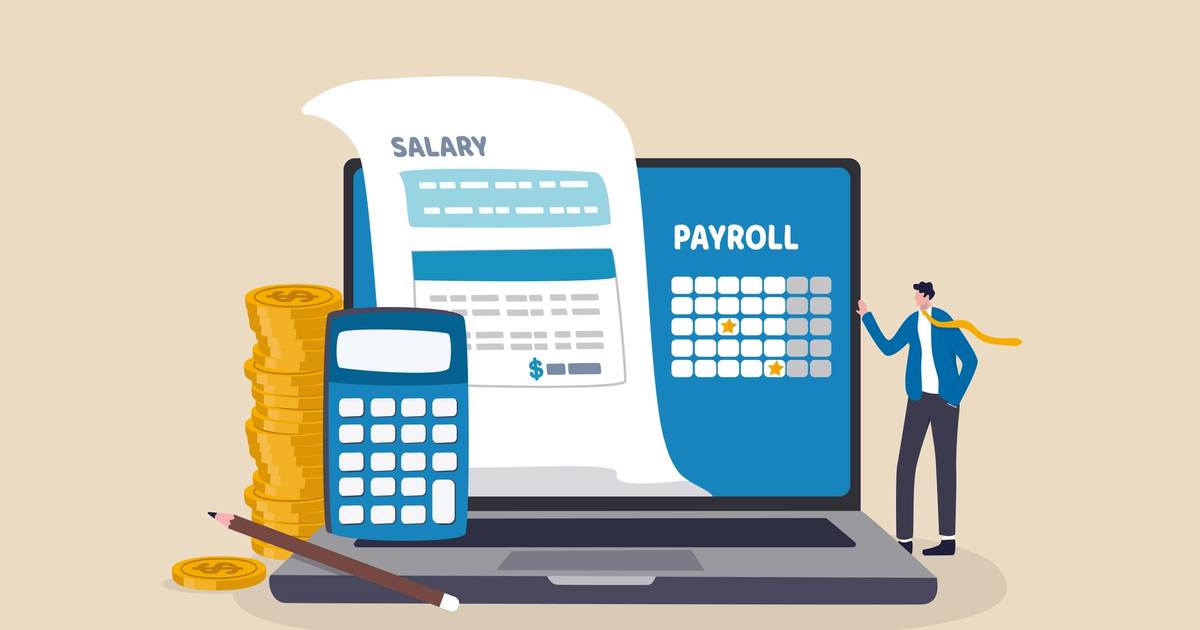Gardner Builders recently decided to increase its parental leave to 16 weeks after seeing a “spike in families who are welcoming new babies…and growing their families,” said Jessica Stoe, the company’s chief brand and culture officer. In many cases, new moms weren’t ready to come back to work after taking 12 weeks of paid leave, which was what Gardner previously provided.
After surveying employees about the issue, Gardner raised its paid parental leave benefit from 12 weeks to 16 weeks for birthing parents, and two weeks to six weeks for non-birthing parents.
While employees applauded the decision, it also presented additional challenges for Gardner managers, who are responsible for coordinating coverage when employees go on leave. Such plans are critical given the nature of construction work, which “never stops,” Stoe said.
Her team decided “hiring temps just was never going to be a solution.” Instead, she said teams approach coverage on a case-by-case basis, depending on their needs and projects at the time.
How Gardner approaches parental leave. For most positions—especially salaried roles—“a lot of that work is sort of divided up and then spread out amongst team members,” so managers have to decide what needs to be prioritized and what can be put on pause when employees go on leave, Stoe said. From there, they may divide up the absent colleague’s work so multiple employees can absorb it.
Stoe recently went through this process with her own team, as Gardner’s employee engagement director is taking maternity leave. They reviewed projects and determined if timeframes could be shifted, such as the launch of a new employee support program.
Stoe, who is the main point-person covering for her colleague, said it’s been a good opportunity “to jump in and learn and appreciate the work that she does.” She said other managers have found there are “surprising benefits” to approaching leaves of absence this way, as “they’re able to step back into the work and fully understand it,” as well as think about how workflows could be more efficient.
Jen Wilson, a global project coordinator lead with Gardner, has managed coverage for parental leaves twice in the past year. When planning for these leaves, her team relies on a Google document the company’s employee engagement team created that includes a checklist of items to consider at different points in time ahead of the leave. This document is also the place where her team gathers any information about log-ins, ongoing responsibilities, or key contacts for projects.
Quick-to-read HR news & insights
From recruiting and retention to company culture and the latest in HR tech, HR Brew delivers up-to-date industry news and tips to help HR pros stay nimble in today’s fast-changing business environment.
Coverage worked somewhat differently in the two cases Wilson handled, but she said the fact that Gardner project coordinators tend to be “cross-trained,” and work with a lot of the same processes, has been helpful when asking employees to cover for one another.
“One of my major concerns is workload balance,” she said. “We’re constantly having those conversations, so that if we do need to kind of pass things off to other teammates, no one’s getting overloaded.”
Beyond backfilling. The growing prevalence of paid family leave programs means HR teams must think more strategically about managing absences.
While many companies would like to hire a temporary worker to backfill a position, they often don’t have the budget to do so, said Allison Whalen, CEO and co-founder of Parentaly, a program that helps managers and workers navigate parental leave. Some 60% of women who had access to and took some paid parental leave in the last three years said multiple team members covered for them during this time, a 2024 Parentaly survey found, compared to just 7% who had an external replacement.
Parentaly encourages managers to handle leaves of absence on a case-by-case basis, Whalen said. Oftentimes, an employee’s manager, peer, or direct report will help fill in while they’re on leave.
Of course, when managers ask employees to fill in for one another, they run the risk that some will resent being asked to take on extra work. Whalen said she’s seen some companies try to counter this effect by creating “gig assignments” within their organizations, where an internal employee applies to take on a temporary role with the department being affected by a leave of absence. While this approach requires more shuffling from a staffing perspective, it allows employees to pursue new opportunities that are actually exciting to them, she said.
Stoe said her team is well aware of the potential effects of assigning employees extra work when colleagues take leave. “We just have to monitor and check in with people,” she said. “It is extra at the end of the day…the last thing we want is to create a culture where people are expected to just take it on, and they’re drowning in too much work.”











